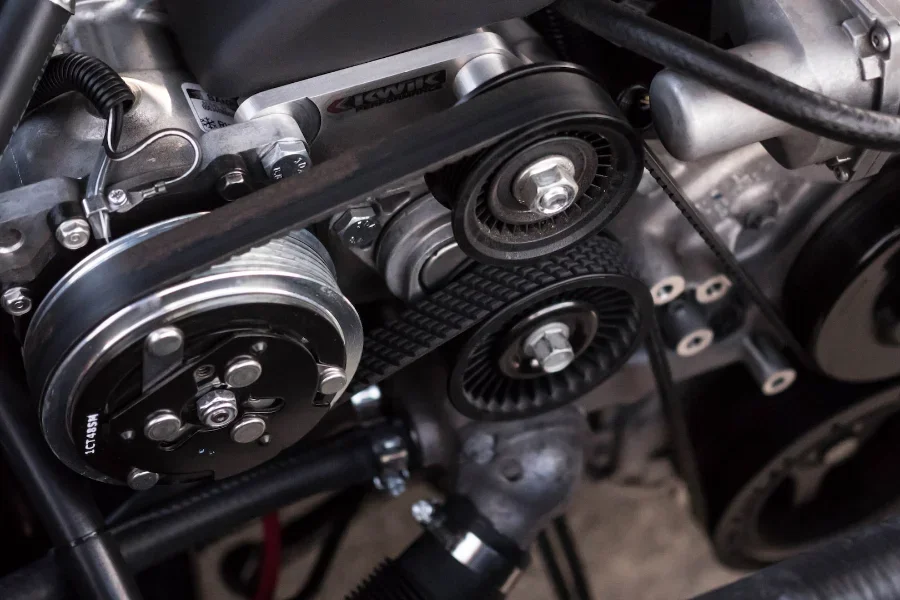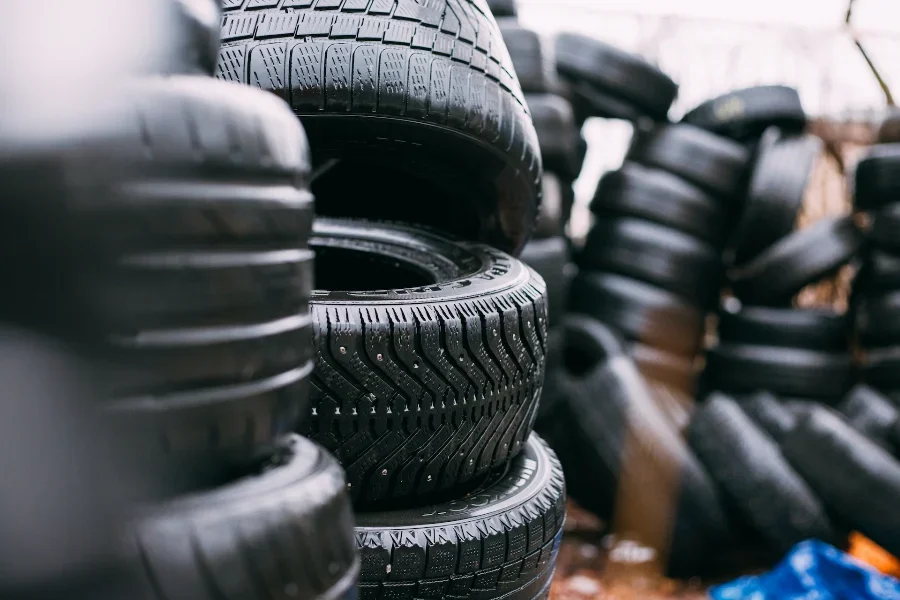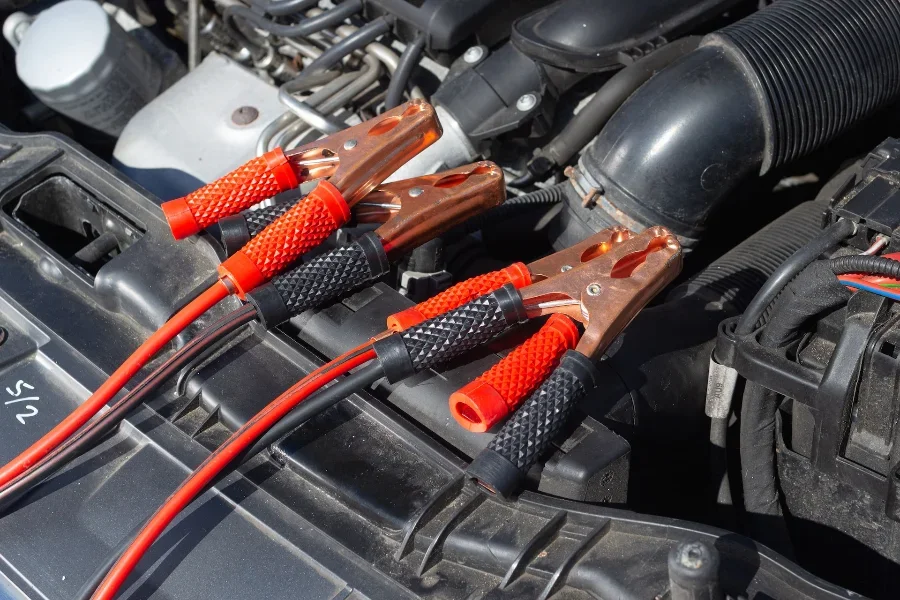All vehicles need routine maintenance to function efficiently and safely. Servicing a vehicle and changing the essential components will avoid wear and tear, as well as accidents or large-scale damage to a vehicle. Replacing these components is not usually too costly, but if ignored, more significant issues can occur, which can lead to much higher bills when visiting the mechanic or car repair shop.
Knowing which vehicle components should be replaced and when to replace them will extend the automobile’s life and ensure better safety on the road. The 20 important automobile components to replace are listed below.
Table of Contents
What essential vehicle components need replacing?
When should you replace essential vehicle components?
Conclusion
What essential vehicle components need replacing?
Some automobile parts should be replaced more frequently than others. For simplicity, this list separates the most important changeable components you need to be aware of into categories. First, we list those that need regular replacement, and then, we divide the others by their category and functionality, such as whether they belong to the suspension or braking systems of the vehicles.
Regular replacement components
#1. Oil filter and engine oil
Changing the engine oil and the oil filter is perhaps one of the most common types of car maintenance. This oil change allows for the smooth running of the engine (a VERY expensive car part to replace should it break) and is essential for any vehicle’s maintenance. Change the engine oil once every six months or after 5,000 to 8,000 miles, whichever comes first. Change the oil filter once a year or after around 12,000 to 15,000 miles, whichever comes first.
#2. Engine air filter
The air filter is another auto part that protects the engine since it filters out dust and debris that could clog engine components, including the valves, pistons, and cylinder walls. Failing to replace the air filter can result in increased oil consumption, poor performance and even engine failure. Air filters should be changed once a year or after around 12,000 to 15,000 miles, whichever comes first. It is usual to change the engine air filter, oil filter, and engine oil at the same time during an annual service.
#3. Cabin air filter
Another air filter that needs frequent replacement is the cabin air filter, as this works to ensure the vehicle has an efficient HVAC system and reduces lingering odors in the cabin. Replace the cabin air filter every 15,000 to 30,000 miles.
Less frequent regular replacement components
#4. Water pump
The car water pump ensures the engine stays cool as it pushes coolant from the radiator into the engine, and back again through the coolant system. Without a working water pump, the vehicle engine could easily overheat. Replace the water pump every 60,000 to 100,000 miles. Due to its location and the fact that replacing it is a large job, it is recommended that the timing belt be replaced at the same time as replacing the water pump.
#5. Timing belt (or cambelt)
The timing belt or timing chain harmonizes camshaft and crankshaft rotation to ensure the correct operation of the engine’s pistons and valves. If the timing belt breaks, the entire engine can become damaged and may need replacement. Replace the water pump every 60,000 to 100,000 miles.

#6. Drive belt
The drive belt, or serpentine belt, is key in the efficient running of a car engine since it drives power to the alternator, power steering pump, AC, and occasionally to the water pump. The drive belt, as a long rubber belt, can become frayed or overstretched, which can mean reduced steering and overheating. Replace the drive belt every 60,000 to 100,000 miles.
#7. Wiper blades
Wiper blades ensure a clean and clear windscreen and back window for safer driving — especially during periods of heavy rain. To make sure a vehicle’s wiper blades are functioning properly, it is recommended that these be changed every six to 12 months.
#8. Tires
Car tires are a very important car part since they ensure the vehicle sticks to the road and does not slide into a collision. Many countries have strict rules on how deep a tire tread has to be in order for the vehicle to be road legal. Replace car tires every six years of 36,000 to 75,000 miles (depending on tread). Tires should never be used for longer than 10 years.

Braking system replacement components
#9. Brake pads and discs (or rotors)
Brakes are, very obviously, one of the most essential auto parts there are. Brake pads and brake discs (also known as rotors) wear down each time the brakes are used, and eventually, there will be a sound of metal screeching when the vehicle brakes. Replace brake pads every 10,000 to 20,000 miles and replace brake discs every 50,000 to 80,000 miles. As a general rule, manufacturers usually advise replacing both at the same time for better safety.
#10. Wheel speed sensors
Wheel speed sensors, located on the wheel bearings or driveshafts, are continuously exposed to the elements and as such, can easily become rusty. Damaged wheel sensors can lead to reduced traction control, stability control, or any other driver assist feature. Replace the wheel speed sensors every 30,000 to 50,000 miles.
Suspension system replacement components
#11. Stabilizer links
Stabilizer links are the most common part of the suspension system to fail when a vehicle often drives over uneven terrain. This auto part should be replaced every 60,000 to 100,000 miles or after around five years (it can be considerably longer if the usual driving terrain is even).
#12. Ball joints
Ball joints are the auto part that ensures smooth movements when steering. These joints come greased with a seal, stopping dirt and water from entering the area and seizing up the wheel movement. Ball joints need replacing every 70,000 to 150,000 miles to make sure the seal has not dried out or cracked.
#13. Control arm bushings
Control arm bushings work directly with tire alignment, affecting the control a driver has over the vehicle when driving. It is important to replace these bushings every 100,000 miles or every five to seven years, whichever comes first.
#14. Shock absorbers (shocks)
Shock absorbers absorb the shock of uneven terrain to ensure a smooth ride. To do this, they are well lubricated. However, after some time, the seal on a shock absorber can crack and begin to leak out the oil contained within. If the shock absorber has no lubricant, it cannot move to absorb the shock. Replace shock absorbers every 50,000 to 100,000 miles.
Steering system replacement components
#15. Inner tie rods and tie rod ends
Tie rods function in a similar way to ball joints, except that they allow for horizontal movement as opposed to vertical movement. Likewise then, tie rods can become rusty or have their seals dry out, meaning they need replacing. Tie rods and tie rod ends should be checked every 15,000 miles or so, but they can go years without needing to be replaced as long as the vehicle is not subject to lots of off-road driving.
#16. Steering fluid
Power steering fluid or oil ensures the smooth and reliable steering of the vehicle. When steering fluid is low, air can get into the steering system, which makes strange noises and makes it more difficult to steer. Be sure to change a vehicle’s steering oil every 40,000 to 80,000 miles or every two years, whichever comes first.
Ignition system replacement components
#17. Spark plugs
Spark plugs withstand a lot of pressure each time the vehicle is started since they are responsible for sparking the explosion that mixes the air and fuel to propel the vehicle forward. Copper and nickel spark plugs should be changed every 30,000 to 50,000 miles. Platinum and iridium spark plugs are more sturdy and should be changed every 60,000 to 150,000 miles.
Engine management system replacement components
#18. O2 sensors
O2 sensors control and adjust the level of air and fuel entering the engine. As such, they are subject to very high temperatures and should be checked and changed regularly to avoid damaging the catalytic converter and the emission control system ensuring fuel efficiency. O2 sensors should be changed every 60,000 to 90,000 miles.
Charging system replacement components
#19. Battery
Without a healthy car battery, a vehicle will be unable to start. Batteries become weaker over time but are also exacerbated by cold weather or frequent dischargers. A car battery should be replaced every four to five years.

#20. Alternator
An alternator works in conjunction with the engine and the battery and is a big part of a vehicle’s charging system. The alternator is subject to high temperatures and its belt runs three times faster than the engine, meaning it works very hard. The alternator should therefore be checked once a year to ensure proper functionality. Remember also that a battery in poor health will negatively impact the alternator and vice versa. Replace the alternator every 80,000 to 150,000 miles or every seven to 10 years, whichever comes first.
When should you replace essential vehicle components?
It is important to regularly maintain every vehicle, taking it for a service often and changing the essential components when necessary. Some of these components will need checking and changing more frequently than others. However, it is important to listen out for the signs of wear or damage — changing times for these auto parts are advisory only, and they could last less or more time.
By regularly maintaining a vehicle, its life can be extended, and this can also protect the lives of the driver and his or her passengers. Vehicles are machines that, without proper maintenance, can be exceedingly costly or even deadly. Ensure good maintenance and avoid any issues by taking your vehicles for a full service (with oil and filter changes once a year) and having a qualified professional check over the whole vehicle every six months to a year. In addition, keep an ear, nose, and eye out for any unwanted sounds, smells, or signs, and should you see anything suspicious, take the vehicle straight to the repair shop.
Conclusion
By keeping in mind this comprehensive list of the top 20 car parts that need to be replaced, vehicle owners will better be able to maintain their vehicles for a safer and more reliable drive.
Replacing car components does not have to be expensive, so long as it is done in good time. Many car parts can also be found on Alibaba.com for discounted costs — just remember to check the specifications and quality control certificates.



